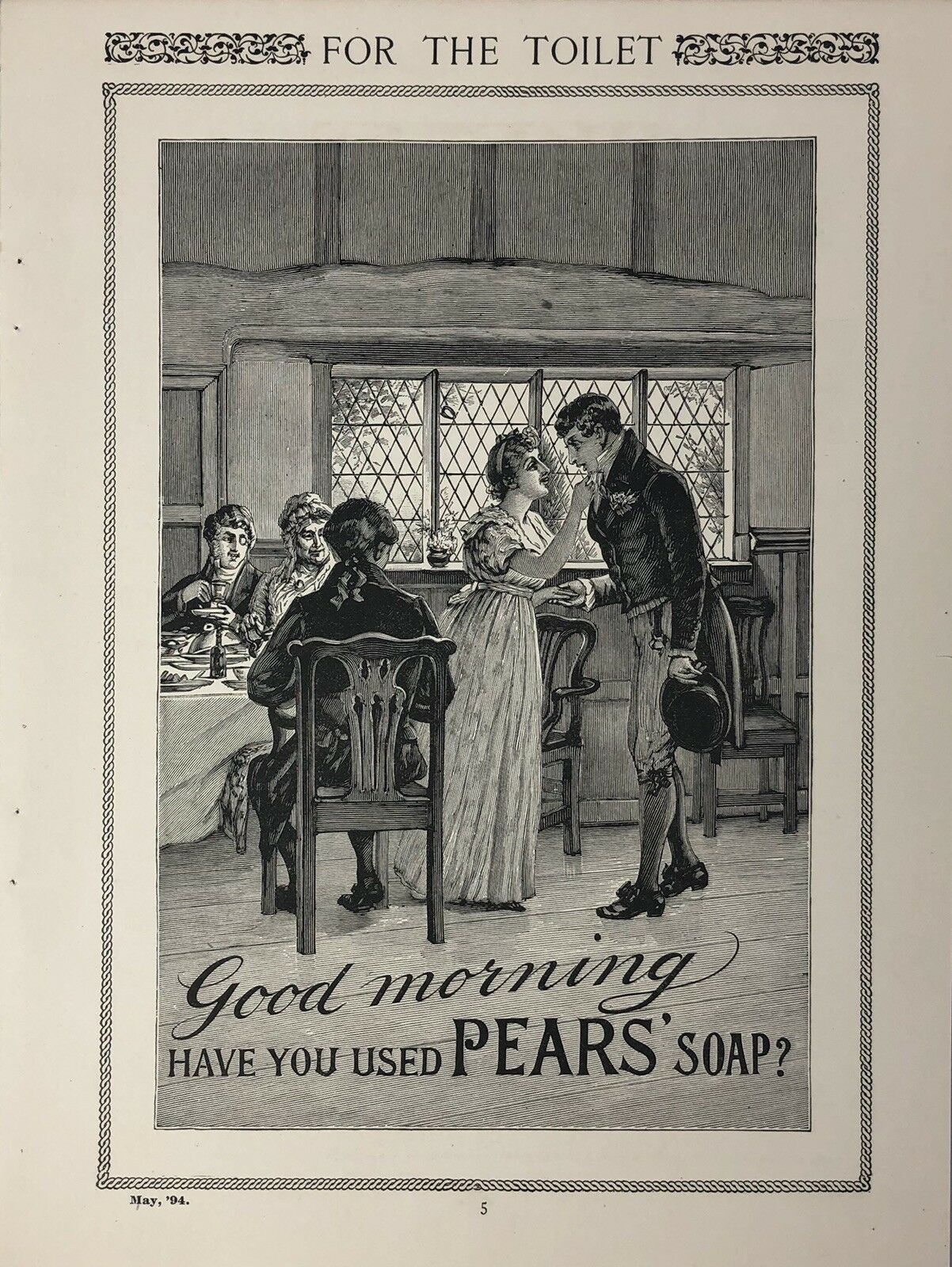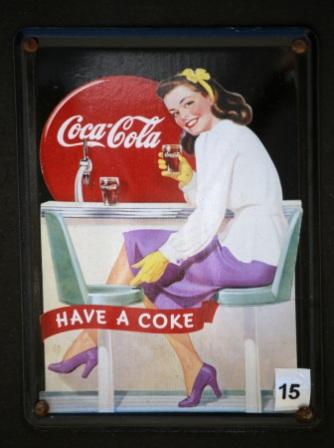


Advertising intrinsically aggrandizes an idea, a product or a service, however, there is so much more to an advertisement than meets the eye. Each advertisement is an end result of an extraordinary concept well executed.
Advertising has been a prominent marketing medium that has been prevalent in one form or another since as early as 4000 BC when wall paintings using rock art were a distinctive means of endorsement.
Lost and found advertising on papyrus in ancient Greece and Rome to oral advertising in China, calligraphic signboards to copper plates with engraved signs and town criers, somehow, somewhere, something was being advertised. By the 18th Century, newspaper advertises became an acclaimed artefact.
In 19th Century, the father of modern advertising, Thomas J. Barratt of London created the first effective advertising campaign for Pears, which in the present time is one of the most successful brands. He used targeted slogans, images as well as phrases. One of his famous slogans “Good morning, have you used Pears’ soap?” was famous in his day and into the 20th Century.
Bratt was among the best advertisers in his time and gave a new direction to advertising stating in 1907 that "tastes change, fashions change, and the advertiser has to change with them. An idea that was effective a generation ago would fall flat, stale, and unprofitable if presented to the public today. Not that the idea of today is always better than the older idea, but it is different – it hits the present taste."
In the 20th Century, selling products by appealing to the rational minds of customers was much less effective than selling products based on the unconscious desires that Bernays felt were the true motivators of human action. "Sex sells” became a controversial issue with techniques for titillating and enlarging the audience posing a challenge to conventional morality.
Advertising has ever since been evolving, decade after decade and century after century. The industry only grows, new manifestations and new mediums keep adding and as the mediums add, so does the reach and impact of an advertisement. Gradually as newer mediums were invented and the audiences familiarized with them, Advertising expanded its roots into the various mediums, i.e., Radio, Television and ultimately New Media being the internet. Online marketing through online advertisements soon became a trustable and dependable medium for promotion of ideas, goods or services due to its consistently increasing popularity among people, especially the youth. “The future of advertising is the Internet” said Bill gates a long time before Internet even reached its peak.
Advertising has innumerable mediums to propagate a propaganda, in the present time, an advertisement can be delivered to the audience through virtually any medium. Starting from wall paintings, street plays, billboards, flyers, radio, TV, cinema, adverts to banners and countless more.
“Many a small thing has been made large by the right kind of advertising.”-Mark Twain
Advertising serves the purpose of making the audience not just aware of an idea, a good or a service but also toils to persuade people to acclaim it with a positive and favorable response. An advertisement does not just position a brand in the market but also makes or breaks a brand.
Many popular brands, in the mean time have made an irreplaceable place in the hearts of its consumers because of the image they profess and the brand value they possess as a result of the distinctive campaigns they carry out that makes them outstand among their counterparts.
The concept of an advertisement is what makes the target audience click with it, the content needs to speak volumes, for an advertisement to be audible. “What really decides consumers to buy or not to buy is the content of your advertising, not its form.” – David Ogilvy
The content of an advertisement needs be to the point yet indirect and it’s the way one presents it that makes all the difference. An ad is finished only when you no longer can find a single element to remove.” – Robert Fleege
Every advertisement must consist of an element that makes it solitary and quirky. Irreverence and humor are some of the postulations that make an advertisement noteworthy and influential. The best ideas come as jokes. Make your thinking as funny as possible.” – David Ogilvy
One of the unmissable components while conceptualizing an advertisement is facts, the truth. Nothing sells more than the truth, sugar coated yet realistic truth. “That’s the kind of ad I like, facts, facts, facts.” – Samuel Goldwyn
Trends and fashion sense does change with time and so does the taste of the audiences; however, the attached emotions remain the same. It’s the emotions embodied in an advertisement that prompts a sense of attachment or detachment within the audience. Promoting your brand along with a contemporary social message is what really hits the target audience.
Considering the following anecdote, one can comprehend the value of a positive social impact can have on a brand’s integrity and market value.
Dove’s marketing director Stacie Bright had a moral problem in 2006.
After years of marketing Dove’s products using what the mainstream considers ‘beautiful’ models Bright realized this was affecting her own daughter’s self-esteem, and therefore affecting the self-esteem of everybody’s daughter subjected to this advertising.
Rather than quitting her job immediately, Bright created a mock-up advert using all of the company directors’ own daughters. With text alongside each image saying how these girls believed they weren’t beautiful.Bright and her team showed it to the executives, confident that this was a risky but worthwhile move.
The risk worked. The Dove executives were of course deeply affected, said a resounding yes through their tears, and completely overhauled Dove’s marketing strategy, which has continued to this day.Dove doubled profits from £1bn to £2bn and turned the business of selling soap into a moral campaign.The cynical can take from this what they will, but the campaign genuinely came for a place that wished for change; using stories to make a culturally positive difference.
Advertising is much more than a mere marketing strategy; it’s what connects people to brands promoting a sense of belonging among people that just want to believe, giving them something to believe in.